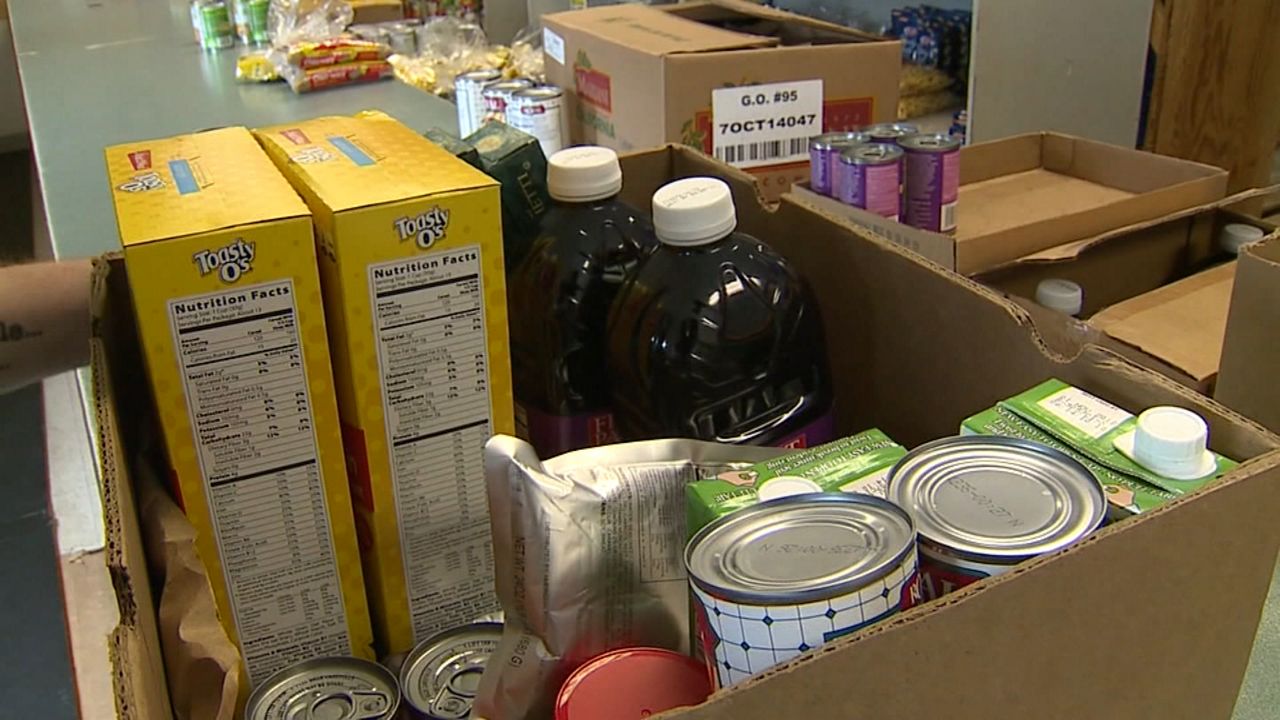The city is processing just under half of applications for federal food assistance benefits on time, officials told City Council members during an oversight hearing on food insecurity Wednesday.
The 49.9% application processing rate, as of February, shows progress over the agency’s December rate of 19.2%, but is still far below the city's target rate of 91%, said Jill Berry, the first deputy commissioner at the Department of Social Services.
“This is not ideal,” Berry said. “Every New Yorker deserves to have their applications processed on time. That is our goal, that is what we are working towards.”
What You Need To Know
- The city is processing just under half of applications for federal food assistance benefits on time, officials told City Council members during an oversight hearing on food insecurity Wednesday
- The 49.9% application processing rate, as of February, shows progress over the agency’s December rate of 19.2%, but is still far below the city's target rate of 91%, a Department of Social Services official said
- The city is facing a lawsuit, filed in January, alleging that thousands of New Yorkers are waiting more than a month to have their benefits processed, in violation of federal law. About 1.2 million New Yorkers are food insecure, according to city estimates
The delays in processing the Supplemental Nutrition Assistance Program (SNAP) benefits, which grant households hundreds of dollars per member in federal money for groceries, are tied to low staffing, Berry added. As of December, nearly a fifth of the department’s budgeted positions were vacant, according to a report from the comptroller’s office. In recent months, however, Berry said, the agency has hired more than 100 new people to process the applications, leading to the improvement in efficiency.
The city is facing a lawsuit, filed in January, alleging that thousands of New Yorkers are waiting more than a month to have their benefits processed, in violation of federal law.
Nearly 43,000 people apply for SNAP benefits in New York City each month, Berry said.
About 1.2 million New Yorkers are food insecure, according to city estimates, meaning their households do not have enough healthy food to support active lifestyles. The pandemic saw a sudden increase in households receiving SNAP benefits, to about 1.02 million across the city, dropping slightly to just over 1 million in the first four months of the current fiscal year, according to city data.
“Even I was shocked and alarmed by the long lines of individuals waiting for hours for a box of food during the pandemic,” said Councilwoman Diana Ayala, who chairs one of the committees that presided over the hearing.
The renewed focus on hunger in the city comes after the end, in February, of pandemic-era supplemental SNAP funding from the federal government, which gave some households hundreds of dollars in additional grocery money each month.
Berry said her agency is discussing possible ways that state and city funding could fill some of the gap created by the loss of additional benefits.
“Every SNAP recipient was receiving an emergency allotment, and every SNAP recipient has lost that allotment,” Berry said.



